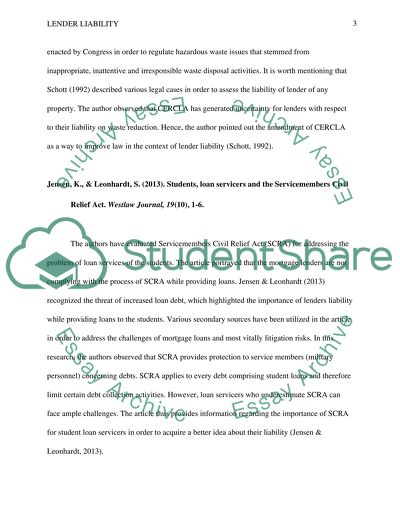Cite this document
(“LENDER LIABILITY Research Proposal Example | Topics and Well Written Essays - 1750 words”, n.d.)
LENDER LIABILITY Research Proposal Example | Topics and Well Written Essays - 1750 words. Retrieved from https://studentshare.org/law/1651277-lender-liability
LENDER LIABILITY Research Proposal Example | Topics and Well Written Essays - 1750 words. Retrieved from https://studentshare.org/law/1651277-lender-liability
(LENDER LIABILITY Research Proposal Example | Topics and Well Written Essays - 1750 Words)
LENDER LIABILITY Research Proposal Example | Topics and Well Written Essays - 1750 Words. https://studentshare.org/law/1651277-lender-liability.
LENDER LIABILITY Research Proposal Example | Topics and Well Written Essays - 1750 Words. https://studentshare.org/law/1651277-lender-liability.
“LENDER LIABILITY Research Proposal Example | Topics and Well Written Essays - 1750 Words”, n.d. https://studentshare.org/law/1651277-lender-liability.


